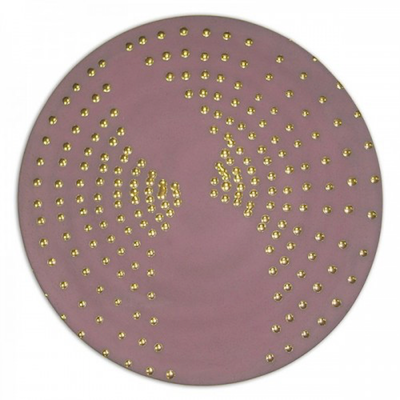
Details
Artist
Styles
// Collage Bierdeckel auf Karton by Herbert Zangs is a minimalist composition created in 1953, showcasing the artist's fascination with everyday materials and repetition. This collage is constructed from beer coasters arranged in a grid-like pattern on cardboard, resulting in a structured, geometric aesthetic. Zangs' choice of a monochromatic palette emphasizes texture and form over color, inviting viewers to contemplate the tactile qualities and subtle imperfections within each coaster. This work is a testament to Zangs' experimental approach in the 1950s, where he explored unconventional materials and processes to question traditional boundaries in art. Measuring 60 cm in height and 81 cm in width, this piece embodies a unique interaction between ordinary objects and artistic expression.
Collage Bierdeckel auf Karton, 1953
form
Medium
Size
60 x 81 cm
- Inches
- Centimeters
Edition
Price
- USD
- EUR
- GBP
Details
Artist
Styles
// Collage Bierdeckel auf Karton by Herbert Zangs is a minimalist composition created in 1953, showcasing the artist's fascination with everyday materials and repetition. This collage is constructed from beer coasters arranged in a grid-like pattern on cardboard, resulting in a structured, geometric aesthetic. Zangs' choice of a monochromatic palette emphasizes texture and form over color, inviting viewers to contemplate the tactile qualities and subtle imperfections within each coaster. This work is a testament to Zangs' experimental approach in the 1950s, where he explored unconventional materials and processes to question traditional boundaries in art. Measuring 60 cm in height and 81 cm in width, this piece embodies a unique interaction between ordinary objects and artistic expression.
What is the Zero Movement?
ZERO was an art movement founded by Otto Piene and Heinz Mack, aiming to develop into a large international and cross-border movement. The name ZERO originated from a magazine founded by Heinz Mack in 1957, which became a platform for the group's ideas. The magazine was published for several years before ceasing in 1967. The ZERO movement sought to create a new beginning in art, emphasizing light, space, and movement, and became influential in post-war European art.












